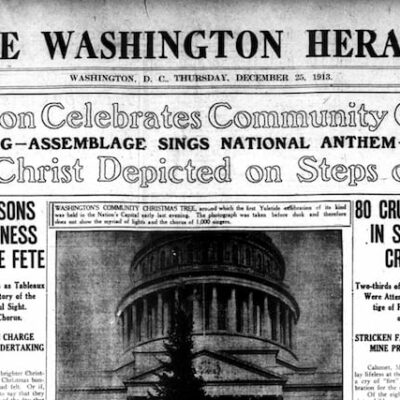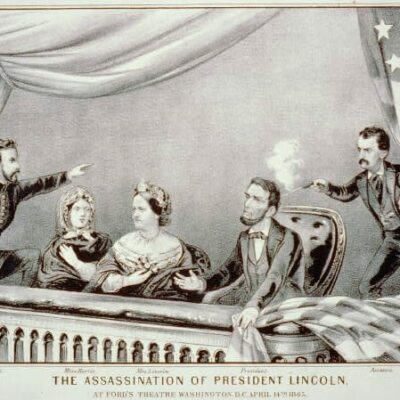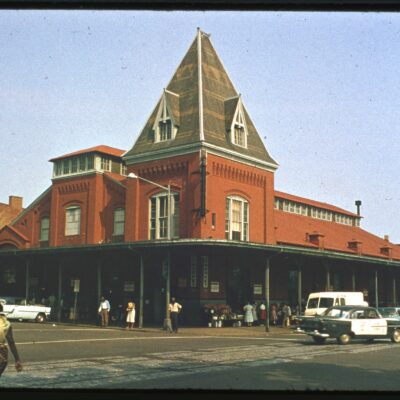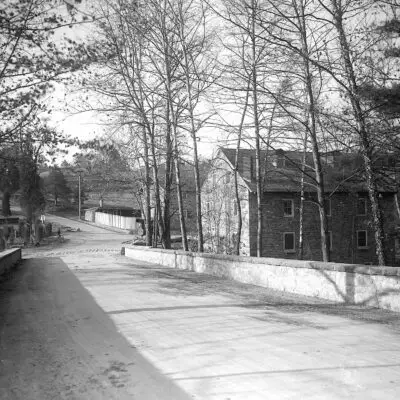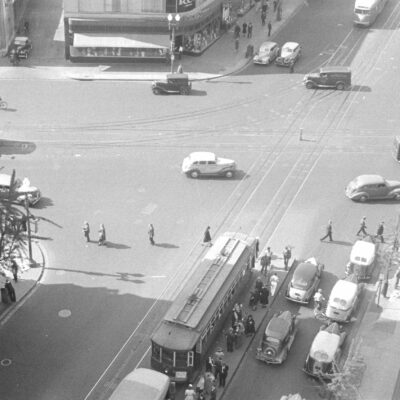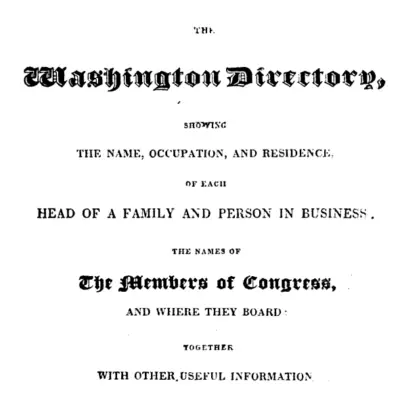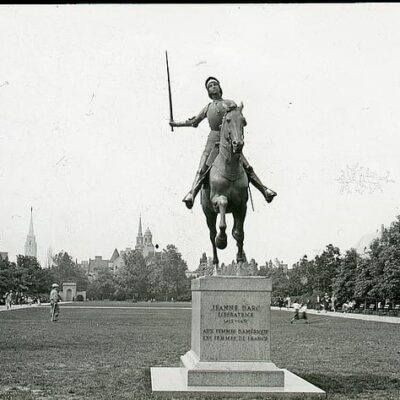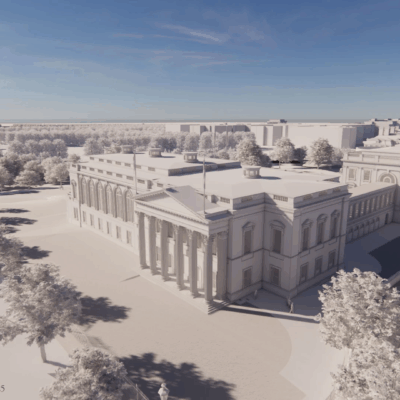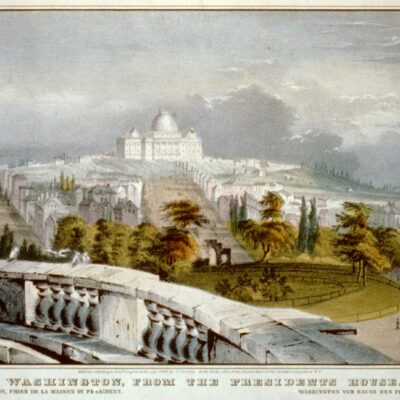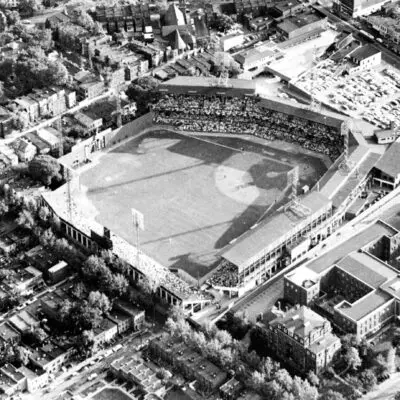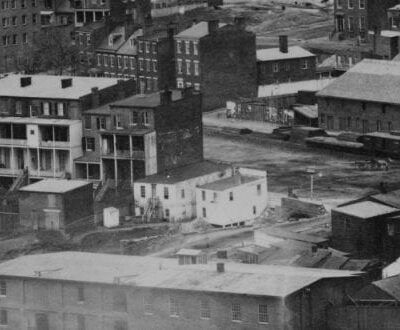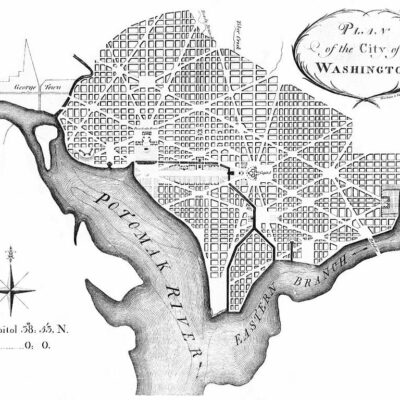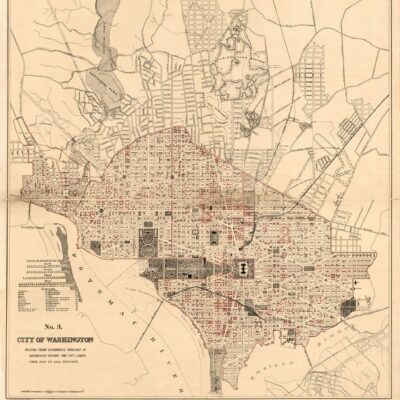Secretary of the Treasury Franklin MacVeagh was a man that appreciated beauty and the aesthetics of architecture. He was also a clear supporter of urban planning with an eye towards maintaining or enhancing the appeal of a city.
Here’s an article I came across in the Washington Post exactly one hundred years ago today … April 6th, 1912.
Efforts to carry out some of the suggestions for the future development of Washington made by Secretary of the Treasury MacVeagh before the Board of trade Thursday night were begun along several lines yesterday. His criticism that in some of the suburbs all ideas of beauty and order are being forgotten was said by prominent men to be well founded.
I think those same would agree emphatically today. Sorry to all the suburban dwellers in GoDC-land, but the vast majority of the suburbs surrounding the Federal City are soulless and devoid of any redeemable character — I said majority, not all suburbs — save for some spots. For example, Alexandria has numerous redeemable qualities and can be largely excluded from the soulless category.
The article continues in its discussion of the District and planning for future development.
“The trouble in the past has been that some of the District commissioners have not paid as much attention to the McMillen park commission plan as do the present commissioners,” said Mr. Brown. “This plan includes the development of Rock Creek park all the way from the Potomac River, and also for the making of a system of parks out of the old forts which surround the city. It is considered by all experts to be the best plan of its kind ever devised.
“In my opinion, there should be provision to have all questions affecting the building up of new parts of the city refereed to the existing fine arts commission, which is thoroughly in sympathy with the McMillen commission plan.”
“Of course, about the only way to get the people themselves to put up artistic homes and to pay some attention to the future beauty of the city is to educate them in this line of art. There have been efforts made along these lines for the future. Without their cooperation little can be done.
District Surveyor Hazen pointed out that there is already a definite system of highways here which supplements the park plan of the McMillen commission. This plan, approved by the highway commission, made up of the chief of engineers, the Secretary of War, and the Attorney General, in 1892, covers the entire District, he said. By law, no new subdivisions of streets can be laid out unless they adhere to the plan.
Those of you who work in urban planning, I’m sure you would agree that it’s an almost impossible task. Appreciation of architecture and planning is unfortunately subjective and a matter of personal taste, however, there is some hope. As was stated in the article, “the only way to get the people themselves to put up artistic homes and to pay some attention to the future beauty of the city is to educate them in this line of art.”
Taste and appreciation for fine architecture is not an innate skill. But I will gladly make the argument that the 1898 row house in Shaw is objectively a better home that the McMansion in McLean.

By the way, Franklin’s brother was Wayne MacVeigh, former Attorney General under President James Garfield (i.e., a short tenure at the top of the Department of Justice).
